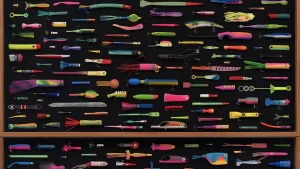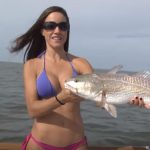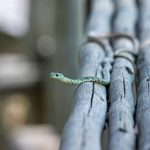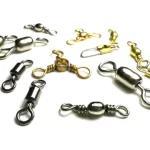Long before viral videos showcased tampons as DIY fishing lures, a New Jersey environmental group took the concept seriously. In the late 1980s and early 1990s, Clean Ocean Action (COA) created and sold handmade lures dubbed “Tampoons” — crafted from recycled plastic tampon applicators collected during beach cleanups.
These applicators regularly washed up along New Jersey’s coast due to combined sewer overflows. COA’s volunteers gathered thousands during biannual beach sweeps, turning pollution into conversation starters. The Tampoon lures were cleaned, painted, outfitted with treble hooks, and marketed as quirky yet functional fishing gear. Suggested uses included casting, trolling, or fly-fishing.

Despite their novelty, Tampoons weren’t a commercial hit. Over two years, about 300 sold, with a small boost after national media coverage. Their downfall was labor-intensive production and limited appeal outside of eco-conscious circles. Yet, they earned a place in the Smithsonian’s “Ocean Planet” exhibit — a nod to their unique blend of environmental activism and angling innovation.
This idea of upcycling didn’t end with COA. Artist Duke Riley, featured in a 2022 New York Times profile, transformed found plastic from New York waterways — including tampon applicators — into intricate lures and maritime-inspired art. His work, showcased in major galleries and museums, reflects a creative approach to waste and waterway awareness.
While Tampoons never rivaled legendary lures like the Mepps spinner or Dardevle spoon, their story proves that fishing innovation can come from unexpected places — and that even ocean trash can be given new life, whether in a tackle box or behind glass in a museum.
Image/Source: MeatEater





